Seminaret (Re)Staging the Art Museum arrangeres av Henie Onstad Kunstsenter i samarbeid med Fritt Ord og avholdes i institusjonens lokaler i Uranienborgveien 2 i Oslo, førstkommende mandag 11. mai. Arrangementet, som inngår i seminarrekken Museum Now!, vil undersøke hvilken effekt nybygging og ny interesse for museet har på museenes kunstneriske program.
I omtalen av seminaret skriver arrangørene følgende:
I de siste årene har museer og gallerier renovert og utvidet bygningsmassen. Nye museer har blitt bestilt og bygget, eksisterende museer har ekspandert sin virksomhet gjennom å åpne nye avdelinger. En ny interesse for kunstmuseets arkitektur har oppstått gjennom dette. Men hva skal vi fylle disse nye lokalene med?
Seminaret (Re)Staging the Art Museum undersøker hvilken effekt denne nybyggingen og den nye interessen for museet har på museenes kunstneriske program. For bakenfor en hver utvidelse lurer en økonomisk problemstilling. Vi spør: Hvilke programmatiske begrunnelser styrer ekspansjonen? Påvirker dette muligheten for å operere kritisk fra innsiden? Hvilke muligheter åpner denne spatiale utvidelsen for museet som en institusjon for kunst? Hvilke former tar institusjonskritikken som følge av dette?
Med sin internasjonale programprofil løfter (Re)Staging the Art Museum blikket ut over den aktuelle nasjonale situasjonen og behandler disse problemstillingene med et generelt fokus. Foredragsholderne som er hentet inn er Maria Lind, Jan Debbaut, Jonas Ekeberg, Mary Anne Staniszewski og Nikolaus Hirsch. Seminaret vil foregå på engelsk, ledet av Tone Hansen, som arbeider som kurator ved Henie Onstad Kunstsenter.
Seminaret vil bli dokumentert her på kunstkritikk.no i etterkant. For mer informasjon, se Henie Onstad Kunstsenters nettsider >>
Program
 |
| Illustrasjonsbilde: Terje Nicolaisen. Fra prosjektet 330 Artist Books Unicas, 2009. Tilhører galleri Riis/kunstneren. |
(Re)Staging the Art Museum,
Monday May 11th. 10.30-16.30
10.30 – 11.00: Registration and coffee
11.00 – 11.10: Welcome
11.10 – 11.30: Introduction by Tone Hansen
11.30 – 11.45: Maria Lind
11.45 – 12.30: Jan Debbaut
12.30 – 13.15: Lunch
13.15 – 14.00: Jonas Ekeberg
14.00 – 14.45: Mary Anne Staniszewski
14.45 – 15.00: Short coffee break
15.00 – 15.45: Nikolaus Hirsch
15.45 – 16.30: Questions and answers
¤
Museums are building. In recent decades art museums and public galleries have extensively renovated, rebuilt and added structures to their premises. New museums have been commissioned and erected; existing museums have expanded through the opening of new «branches».
The seminar (Re)Staging the Art Museum aims to investigate what effect the renewed focus on the art museums architecture implicates for the programming of the museum. What are the economic and programmatic objectives directing this «edifce enterprise»? What possibilities does this spatial expansion generate for the museum as an institution for art?
In the critique advanced within contemporary art since the 1960s, museum architecture, with its enclosures, walls and openings, was regarded as the very embodiment of stifling institutional power.
Where, then, is this critique reflected in the recent intense building activity around museums?
One suggestion is that the museum is changing its nature. From a discrete container and archive, a palace of secularized rituals and artworks, the museum is becoming a stage where art is organized and displayed according to concepts and stories just as much as by style or chronology. Can museum as stage also function as a potent metaphor for thinking about the museum’s function today?
While (Re)Staging the Museum aims focus on a general level, the event takes place in Oslo, where over the last 10 years state-owned museums have merged, and their reorganization has been extensively debated. Recently a third architectural competition, on the Vestbane site, has been proposed for the National Museum for Art, Architecture and Design. A new museum for the Munch and Stenersen collections is planned for Bjørvika, and the Astrup Fearnley Museum are soon moving into new premises on Tjuvholmen, designed by Renzo Piano.
It is vital to discuss the functions of and the need for the museum today in light of the renewed interest for the museum architecture. (Re)Staging the Museum aims to open up this debate: By focussing on the relation between architecture and museum functions, the seminar considers whether the museum’s core functions of collecting, conserving and exhibiting still form a central part of its venture; whether museums today are more concerned with providing visibility to organizations, cities and regions than with providing a locus for art; whether these competing programmatic objectives are ultimately antagonistic or indeed productive and finally the effect of these changes on the curatorial practice?
¤
About the speakers:
Maria Lind is the director of the Graduate Program, Center for Curatorial Studies, Bard College, Annandale-on-Hudson, NY since 2008. In January 2009, Lind received the Walter Hopps Award for Curatorial Achievement. From 2005 to 2007 Lind was the Director of IASPIS (International Artist Studio Program in Sweden) in Stockholm. Prior to her position at IASPIS, Lind was the Director of Kunstverein München. From 1997 to 2001 she was curator at Moderna Museet in Stockholm and, in 1998, co-curator of Manifesta 2, Europe’s biennial for contemporary art. Responsible for Moderna Museet Projekt, Lind worked with artists on a series of 29 commissions that took place in a temporary project space. Lind is the co-editor of the recent books Curating with Light Luggage and Collected Newsletter (Revolver Archiv für aktuelle Kunst), Taking the Matter into Common Hands: Collaborative Practices in Contemporary Art (Blackdog Publishing), as well as the report European Cultural Policies 2015 and The Greenroom: Reconsidering the Documentary and Contemporary Art.
Jan Debbaut (1949, Temse, Belgium) is an art historian and curator living in London. In the 70’s and early 80’s, Debbaut worked as a curator for the International Cultural Center, Antwerp in Belgium, and Van Abbemuseum, Eindhoven in Holland. In 1986 he entered the position as director of exhibitions at the Palais des Beaux Art in Brussels. In 1990 he was appointed director of the Van Abbemuseum, were he also supervised the renovation and building of the museum extensions. In 2003 he was appointed director of collections at the Tate museums in London. During his career Debbaut has organized several exhibitions such as the Belgian and Dutch pavilions at the Venice Biennial. Recently, Debbaut has been working on a major retrospective exhibition of Gilbert & George. He recently supervised the designing and building of the new UCCA art center in Beijing, China. He is also professor of curatorial studies at the University of Groningen in Holland.
Jonas Ekeberg is a curator and critic living in Oslo. Trained as an artist, he is currently the director of Preus Museum, Norway’s national museum for photography. Ekeberg has been a critic for NRK, Dagbladet and the Norwegian Business Daily and has been the editor of Hyperfoto, Siksi and Billedkunst. He was the chief curator of Momentum in 2000, founding director of Oslo Kunsthall the same year and a curator at the Office for Contemporary Art Norway from 2002-2004. His exhibitions for Preus museum include Photography’s Expanded Field, Skate Culture, Technology & Aesthetics and 80 million pictures – Norwegian vernacular photography 1855–2005. In August 2009 he will take up the position as the editor of the online journal kunstkritikk.no.
Mary Anne Staniszewski is Acting Head of the Department of the Arts at Rensselaer and has a Ph.D. in modern and contemporary art from the Graduate Center, City University of New York. Staniszewski investigates art, media, and culture in relation to political and social perspectives. Her books include Believing Is Seeing: Creating the Culture of Art (Penguin USA, 1995), and The Power of Display: A History of Exhibition Installations at the Museum of Modern Art (The MIT Press, 1998; paperback 2001; Korean translation, Design Locus, 2007). Staniszewski is also the Director of a «Curatorial Incubator» at Exit Art in New York City, which gives young curators opportunities to produce innovative exhibitions.
Nikolaus Hirsch is an architect who teaches as a professor at Städelschule in Frankfurt and has held academic positions at the Architectural Association and UPenn in Philadelphia. His work includes the acclaimed Dresden Synagogue, Hinzert Document Center, Bockenheimer Depot Theater (with William Forsythe), Unitednationsplaza (with Anton Vidokle), European Kunsthalle and numerous exhibitions structures such as Bruno Latour´s Making Things Public (ZKM) and Indian Highway (Serpentine Gallery). Current projects are the Cybermohalla Hub in Delhi and a studio structure for Rirkrit Tiravanija´s The Land. Nikolaus Hirsch has curated ErsatzStadt: Representations of the Urban at Volksbühne Berlin and is a member of the «Curating Architecture» program at Goldsmiths College in London. He is the author of On Boundaries and Track 17 (both Sternberg Press).
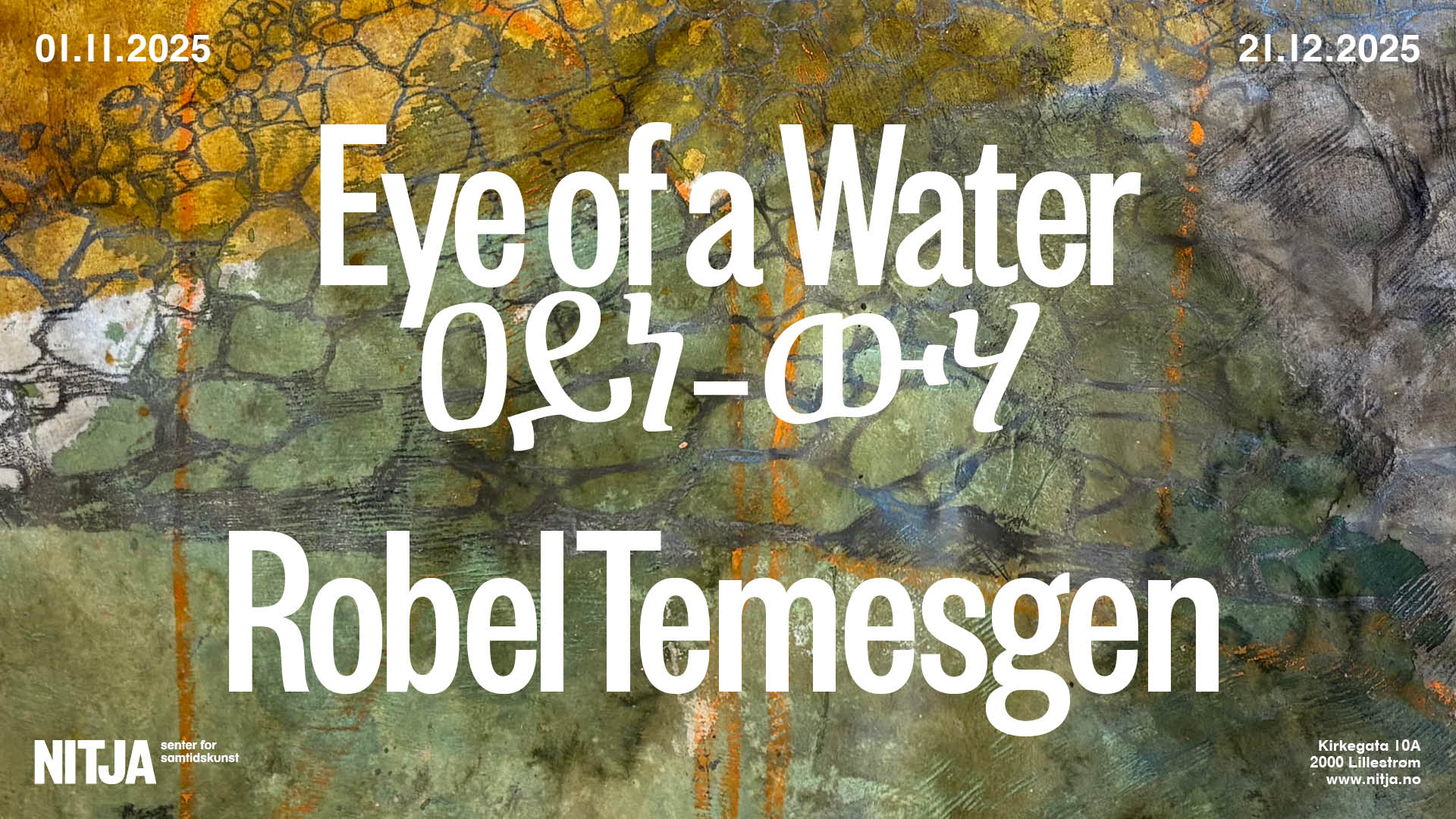
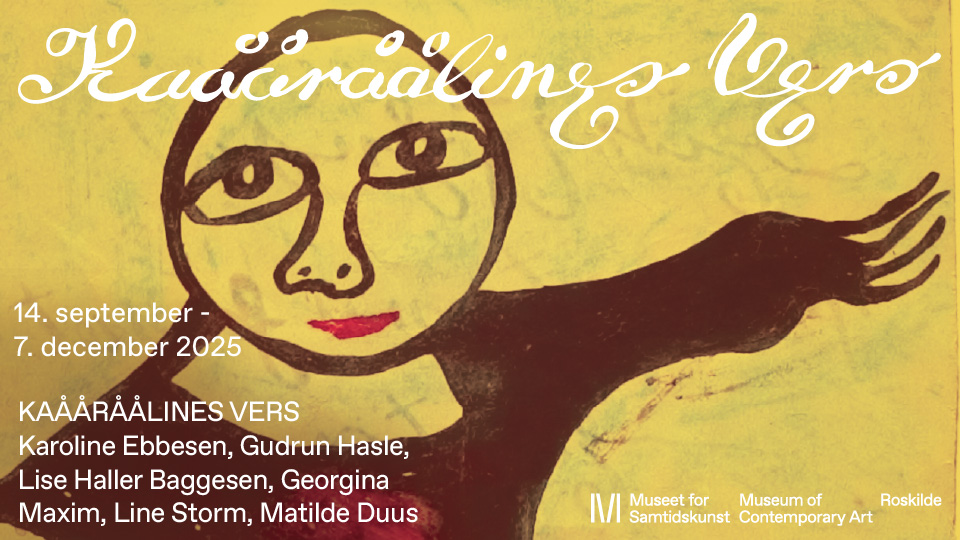
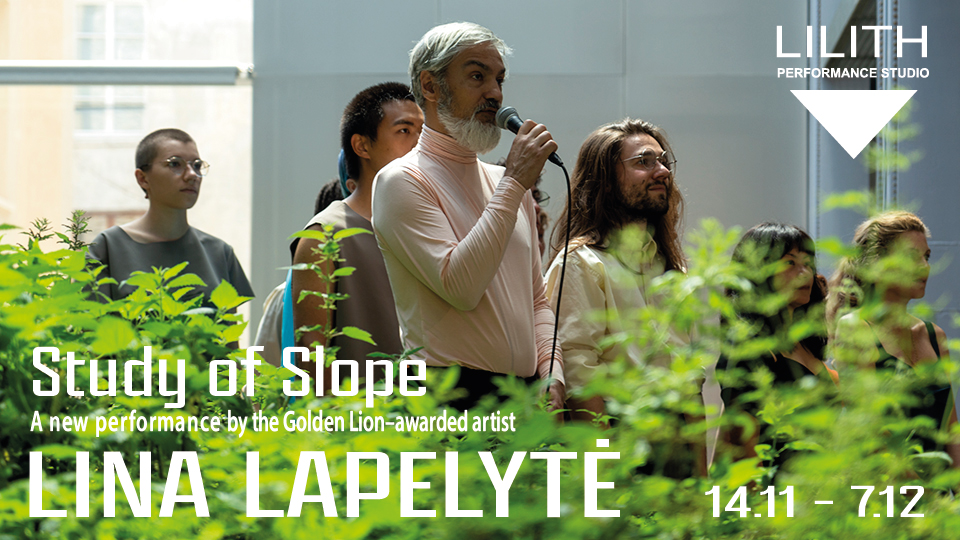
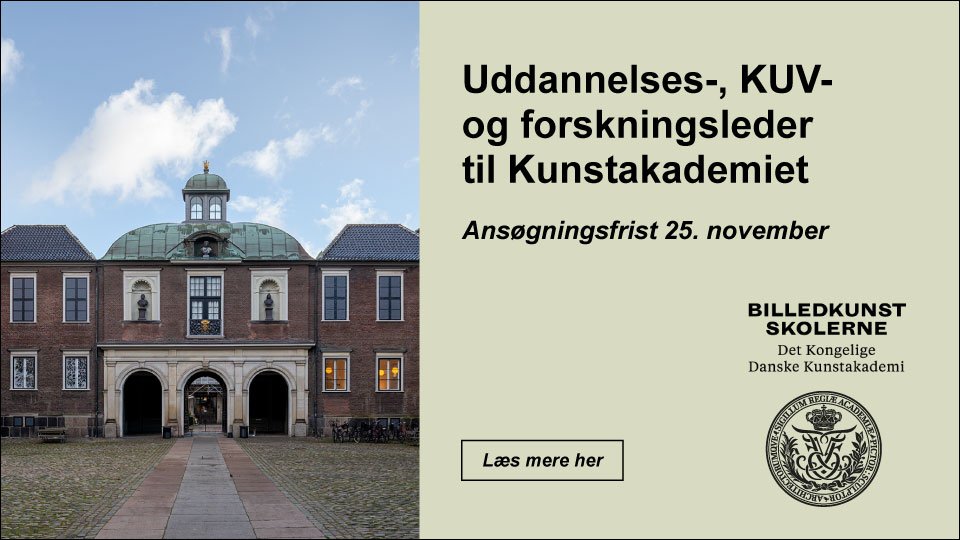
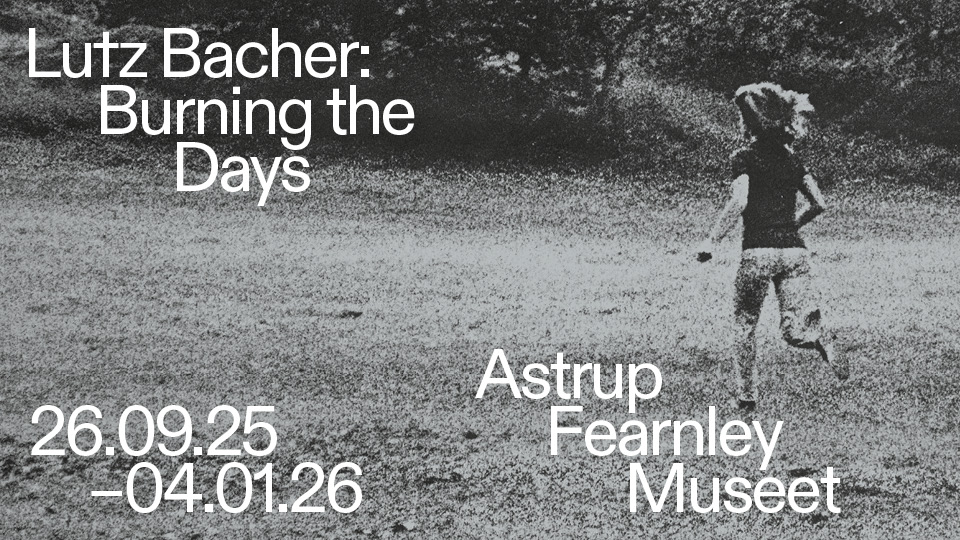
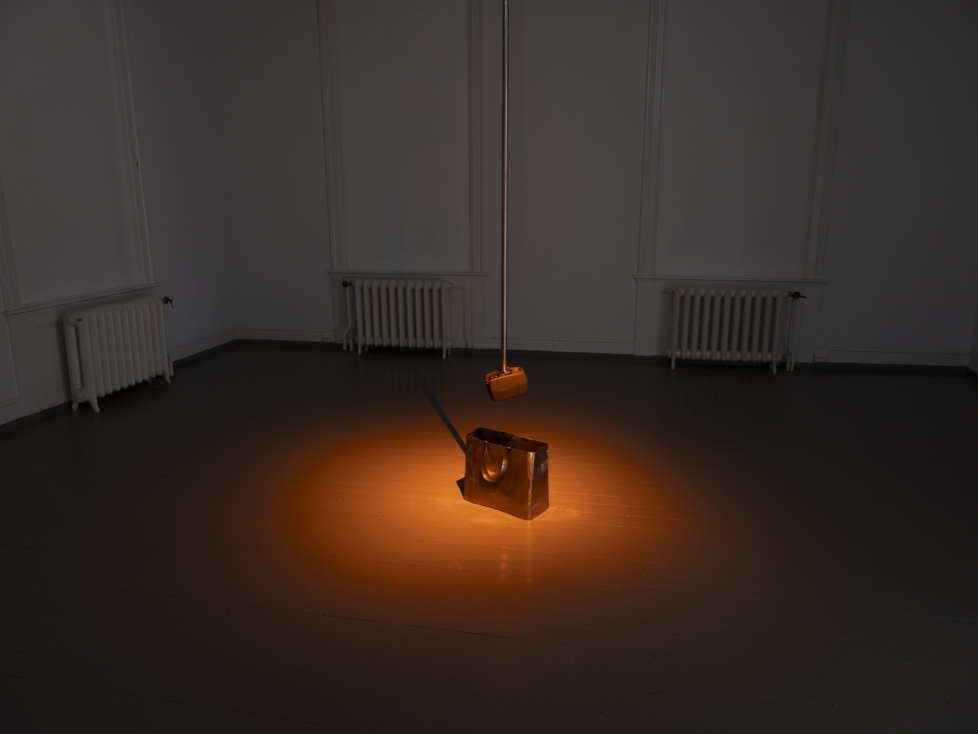
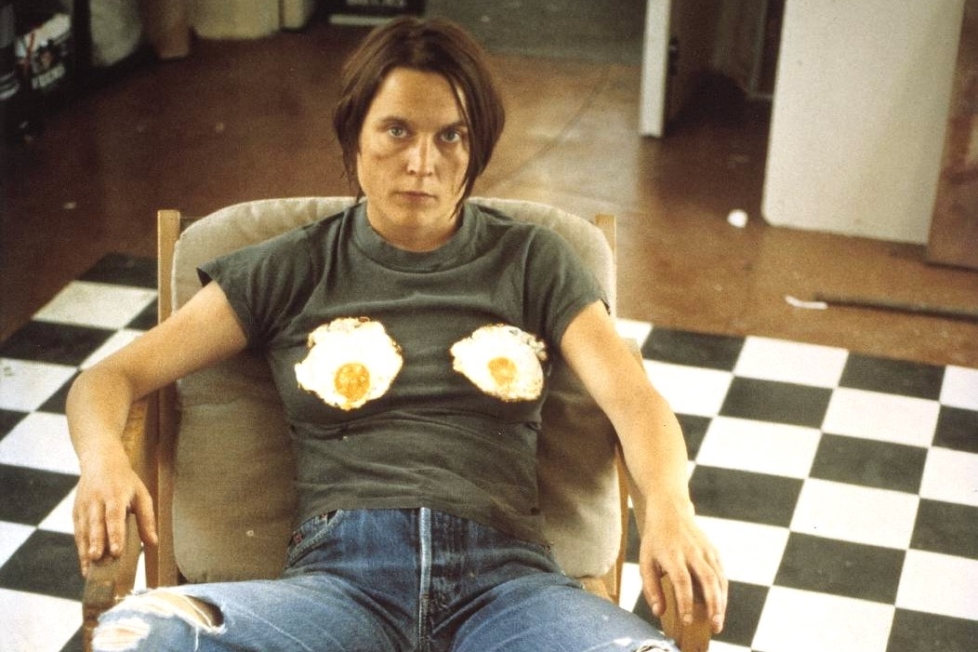
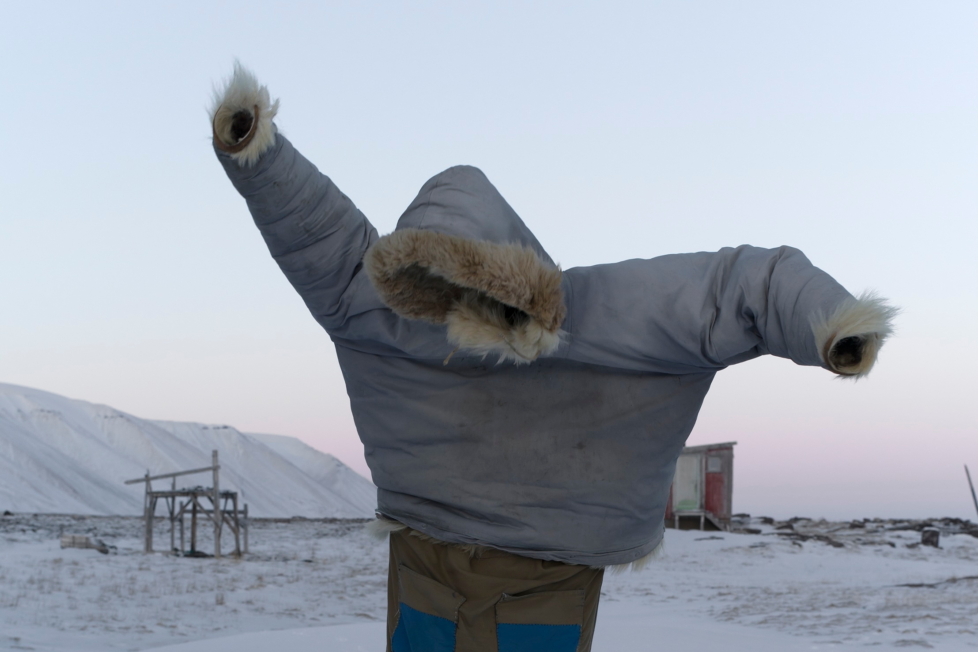
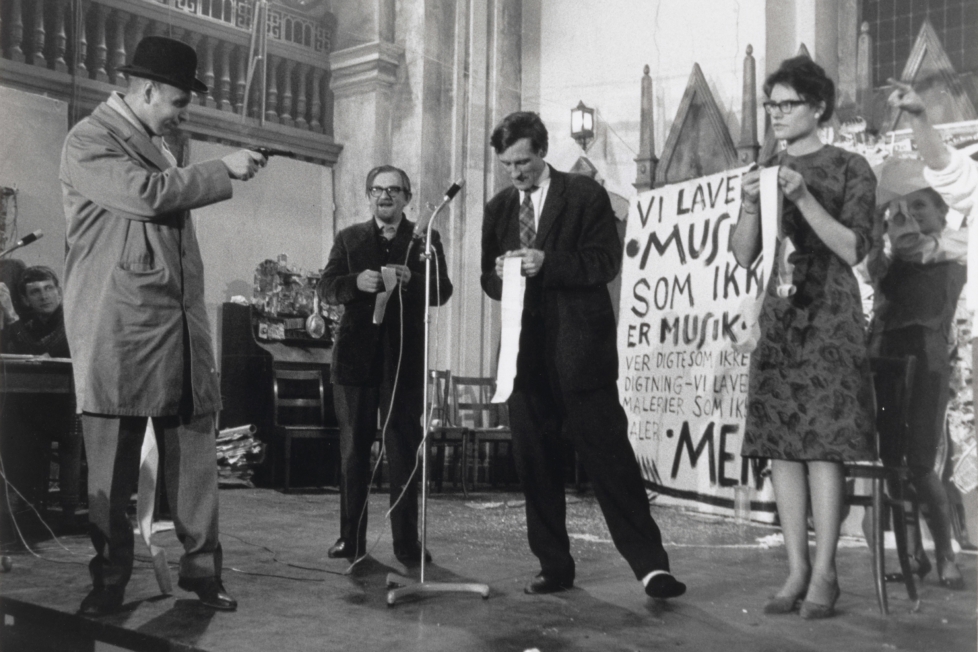
Diskussion